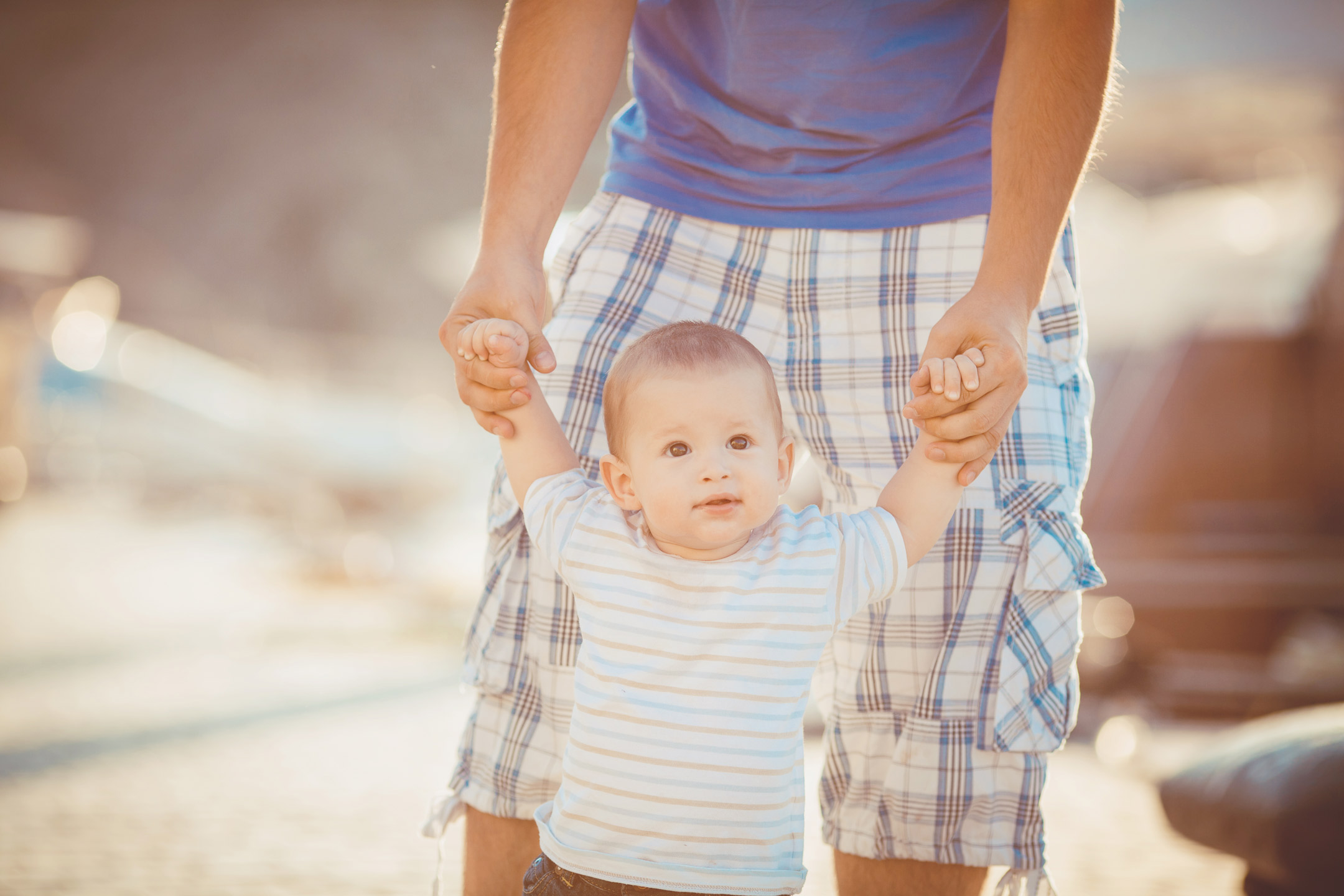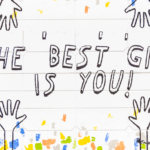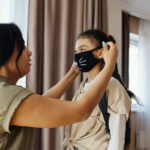
01 Jun Why do we not see many images of men as caregivers?
Kylie Ladd wonders why it’s assumed that women do all the caring in society.
When my second child, a daughter, was born, I received lots of cards and messages. All proffered congratulations on Cameron’s safe arrival; some jokingly commended us on having managed ‘a pigeon pair’ of boy, then girl. One comment, though, scrawled at the bottom of a card from my work colleagues, still sticks in my memory. “Well done on having a daughter,” it read, “Now you’ve got someone to take you to your appointments in 40 years’ time.”
I laughed when I read it, though I recognised the truth. For the last 10 years, I have worked as a neuropsychologist in memory clinics of public hospitals here in Australia and also in Scotland. Clients present to us with a range of early memory difficulties – losing the car keys once too often, or even losing the car in a large or unfamiliar shopping centre – and it’s our job to work out what’s going on. Is it normal ageing? Stress? Depression? Alcohol abuse? Epilepsy? A brain tumour or stroke? Is it dementia, and if so, what type?
Every case we see is different, but one thing remains constant regardless of the cultural background or the socioeconomic status of the person we’re seeing, or indeed which hemisphere he or she is from. Almost every new client is accompanied by a woman. If it’s a man, he will come with his wife, assuming she is still alive or hasn’t left him. If she’s not around, he will come with his daughter; if he has no daughter, he will come with his daughter-in-law. As a general rule, he will show up with his son only if there is no available female in the family. Women, too, tend to follow this pattern. Many will ask their husband to accompany them but are just as likely to turn up with a daughter or daughter-in-law, sister or girlfriend. I’ve talked about this with others in the field, and we all agree: when the chips are down, it’s the women who are offering – or expected to offer – the support. If Mum starts repeating herself or Dad starts wandering, odds are it’s the wife, daughter or daughter-in-law who will notice first and then do something about having it investigated.
And it’s not just memory clinics. Journalist Ruth Ritchie noticed exactly the same phenomenon when her husband was in rehabilitation following a massive head injury sustained in a cycling crash. “It’s always mothers,” she wrote in her memoir of the experience, Waterlemon. “Not brothers, not sons. Right now, women are holding old faded beach towels on benches beside hydrotherapy pools everywhere, comparing the progress of their loved ones with other mothers.” She’s right. The fact that the colleague who wrote that comment on my card – a talented and caring clinician – has four sons but no daughter made it all the more poignant.
Women do the caring, or so it appears to be assumed. I was watching the news the other night when a story on an injured sports star described him as spending his time post-knee reconstruction “babysitting his three kids”. Babysitting? My blood boiled. To me, the term ‘babysitting’ implies temporary care, secondary care, an element of commerce and necessity. It’s not what you’re doing when you’re spending time with your own flesh and blood, the children you chose to create. Nonetheless, I occasionally catch the dads at school saying the same thing, and I wince every time. Tellingly, I’ve never yet heard a mother described as ‘babysitting’ her own children. To paraphrase George Orwell, it seems that all parents are equal, but some are more equal than others.
It’s funny that the caring role can be so eschewed by men when it’s actually downright sexy. Do you remember those black-and-white posters from the eighties: brawny men holding tiny babies, both parties conveniently bare-chested? For a while, they were everywhere. I’ll admit that as an impressionable teen, I may have owned one or two. Or six or 12, but that’s another story, and I eventually got help. Looking back, though, I have to wonder what the attraction was. A chance to hang semi-naked men all over my bedroom walls without my mother having conniptions? Maybe, but there were other ways I could have done that without involving neonates… Most Duran Duran shots of the era featured acres of chest flesh, albeit blindingly white and gaping from crumpled linen jackets with the sleeves pushed up to the elbows.
But I didn’t want Simon Le Bon on my walls. I wanted those men. Men in jeans, with soulful eyes and sculpted abdominals and tiny little babies somewhere in between. It was the combination of their strength and vulnerability that drew me in. Those buff black-and-white boys were undoubtedly sexual, but the way they gazed into their children’s eyes or cradled them against their hearts made them so attractive, not their six-packs. Even at 14, I recognised that care and carnality were a potent blend. These were my idols, the chosen ones who shared wall space with my other obsessions, Sting and Bono. Interestingly, Sting went on to have six kids, while Bono has four. I clearly have a thing for breeders.
I know those posters were staged, and I cringe a little when I see them today. Yet their appeal lives on; it resonates still in the way I am moved whenever I see my husband interacting tenderly with our children – brushing hair, applying bandaids, cuddling or listening. We don’t see too many images of men as caregivers in our society. It’s not masculine, maybe, not marketable. We’d rather describe them as babysitters than ardent fathers, as sports stars rather than dads; we don’t expect them to do the handholding and waiting at the public health clinic.
And that’s a shame. We sell ourselves short when we get locked into roles when we always expect one gender or one parent to be responsible for a particular task or domain. True, in the early phases of parenthood, some such division is unavoidable, dictated as it is by the mechanics of labour and lactation. But that stage doesn’t last forever, and as my own children have grown older, I’ve realised that I don’t want to be the primary caregiver in their eyes – the parent who is more equal than the other. I don’t want to be the mother threatening, ‘Just wait until your father gets home’, the soft touch to his disciplinarian. I don’t want to be the only source of cuddles and kisses; I don’t even want to be the one they automatically turn to when they’re hurt or frightened. Why would I, when my husband loves them just as much, wants to be just as involved in their lives as I am, and has just as much to offer them?
We agree on this; that we want the bonds in our family to be equally strong in all directions. That we share the chores, but more importantly that we share the nurturing, too, that neither one of us becomes the babysitter. We’re not there yet, but we’re looking at ways of changing our working lives to make such a thing more possible.
Meanwhile, when you catch me trying to remember where I’ve parked my car, please remind me that the female of the species doesn’t have the monopoly on caregiving and that my son is just as capable of taking me to the memory clinic as my daughter.




